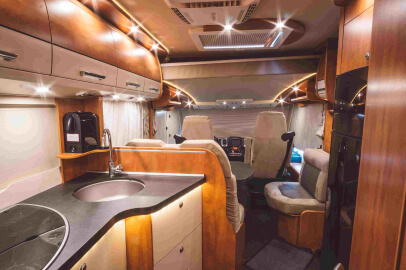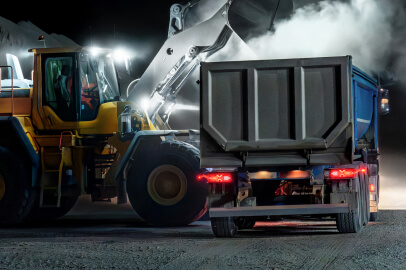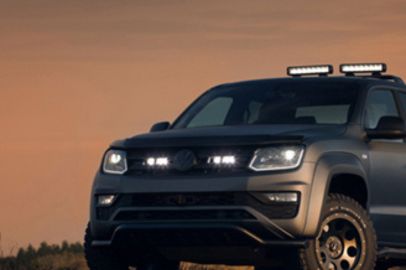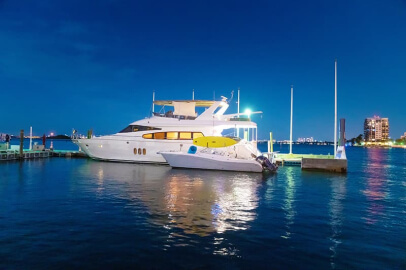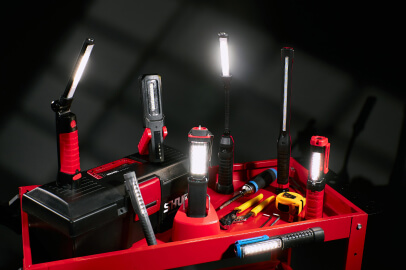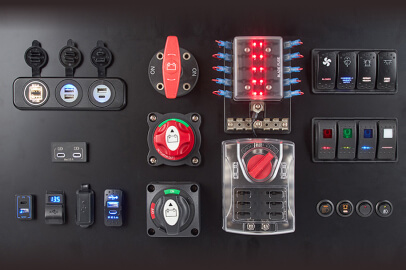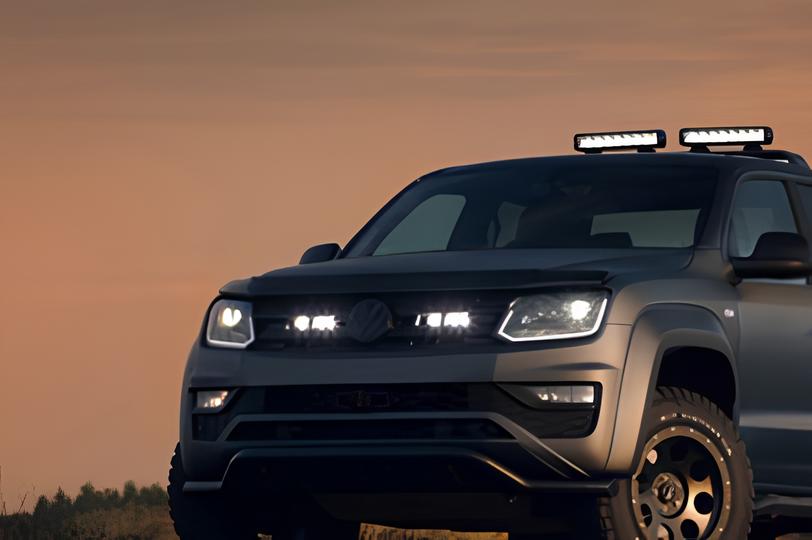The 11 Kinds of Car Lights You Should Know: Functions & Tips in One Guide
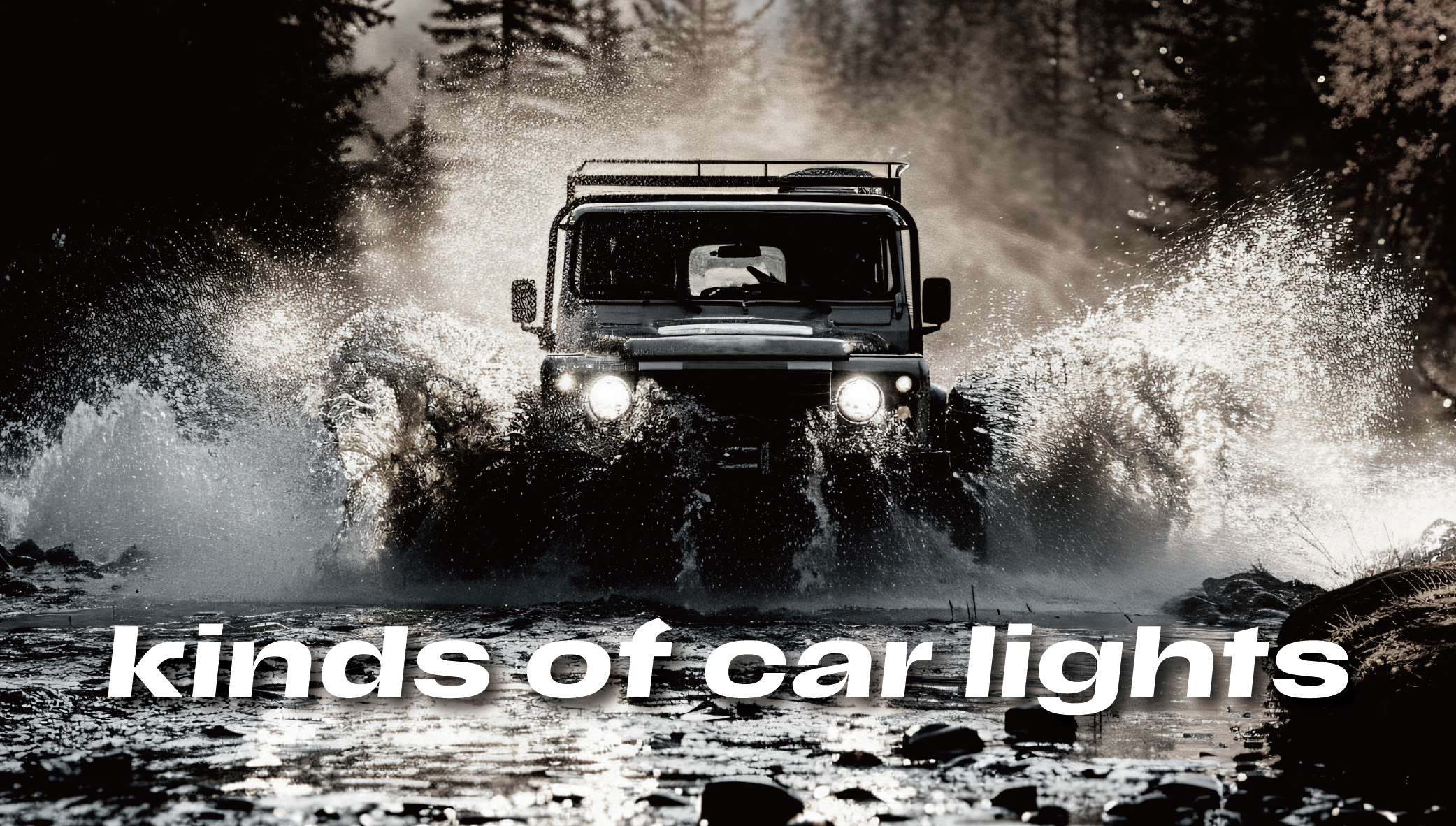

We’re all familiar with common kinds of car lights like headlights and brake lights, but what about daytime running lights, fog lamps, or those tiny lights above your license plate?
Each light on your car serves a specific purpose — and knowing when and how to use them makes a big difference in safety and visibility.
Common Kinds of Car Lights You Should Know
Modern vehicles—including cars, trucks, buses, and off-road vehicles ect.—come with many lights; some to help you see, and others to ensure you’re seen. Here’s a breakdown of the most common kinds of car lights, starting with the ones at the front of your vehicle:
Headlights / Headlamps
Headlights are the primary lights used while driving at night or in low-light conditions. There are two settings:
- Dipped headlights (also called low beams) are your default for night driving. They provide enough visibility for the road ahead without blinding other drivers.
- Full-beam headlights (or high beams) shine brighter and farther. They’re particularly helpful on unlit roads or in rural areas where you need more visibility. Remember to switch back to dipped beams when other vehicles are nearby to avoid dazzling the drivers.
Today, many drivers opt to install LED driving lights as an additional lighting solution. Compared to standard high beams, LED driving lights provide brighter and longer-range illumination, making them especially ideal for off-road adventures, rural highways, and heavy-duty vehicles.
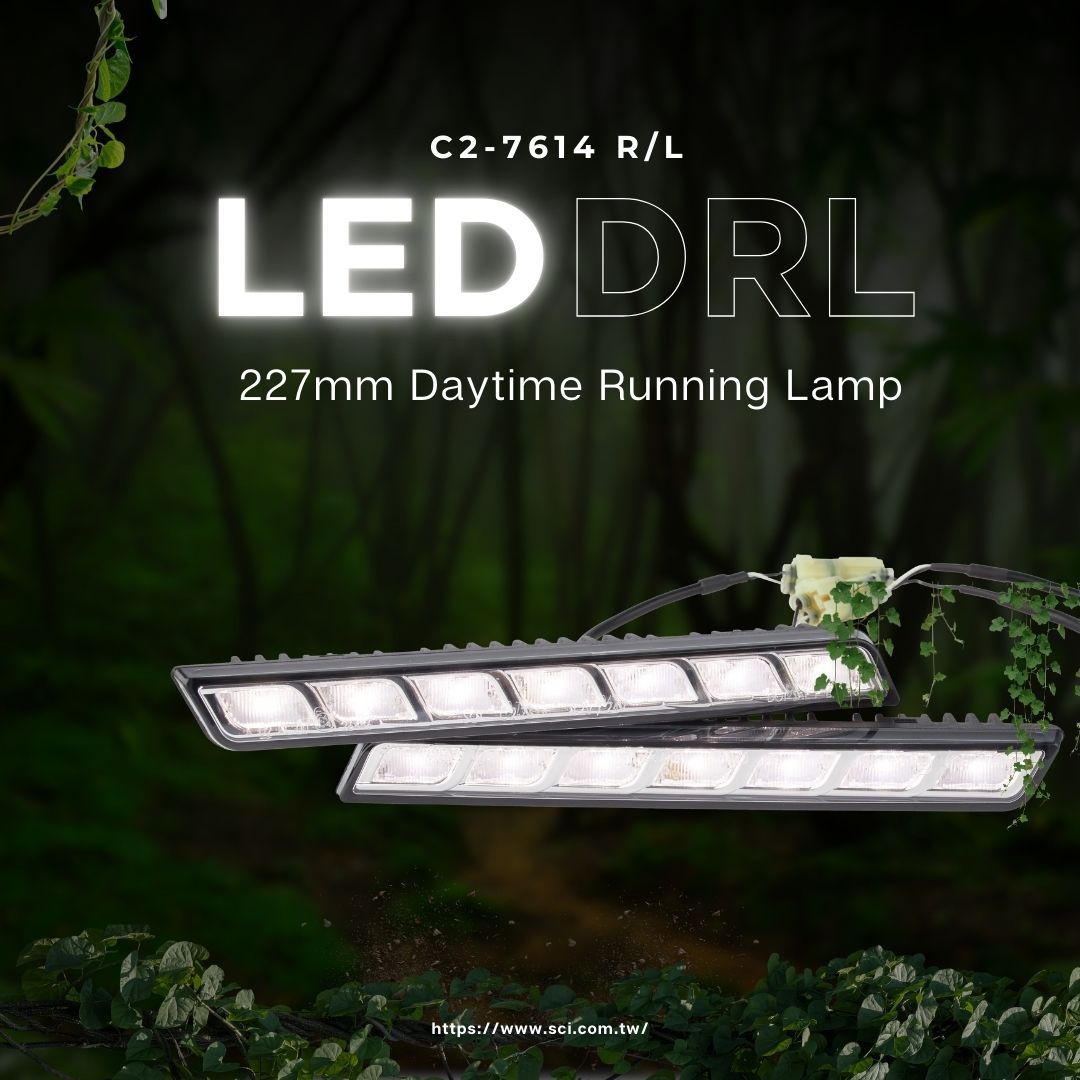
Daytime Running Lights (DRLs)
You might not notice them, but daytime running lights turn on automatically when the engine starts. They’re usually bright white lights at the front of your car. Their job is to make your vehicle more visible to others during the day.
Daytime Running Lights (DRLs) are not designed to illuminate the road, but they continuously emit white light during daytime driving to significantly enhance vehicle visibility. By increasing contrast between the vehicle and its surroundings, DRLs make it easier for pedestrians, drivers, and other road users to detect an approaching vehicle, thereby reducing the risk of traffic accidents.
Fog Lights / Fog Lamps
Fog lights are specifically designed for low-visibility conditions. They help you see, and be seen, in thick fog, heavy rain, or snow.
They sit lower on the bumper and shine a wide, flat beam that cuts under the fog and rain.
Turn Signal lights / Turn Lamps
Turn signals (indicator lights or blinkers) are the yellow lights at the front and rear corners of your car. They’re an essential communication tool that lets other drivers know you’re planning to turn or change lanes.
Even if you think no one’s around, using your turn signals can prevent accidents from happening. So, make it a habit to signal early every time you make a move.
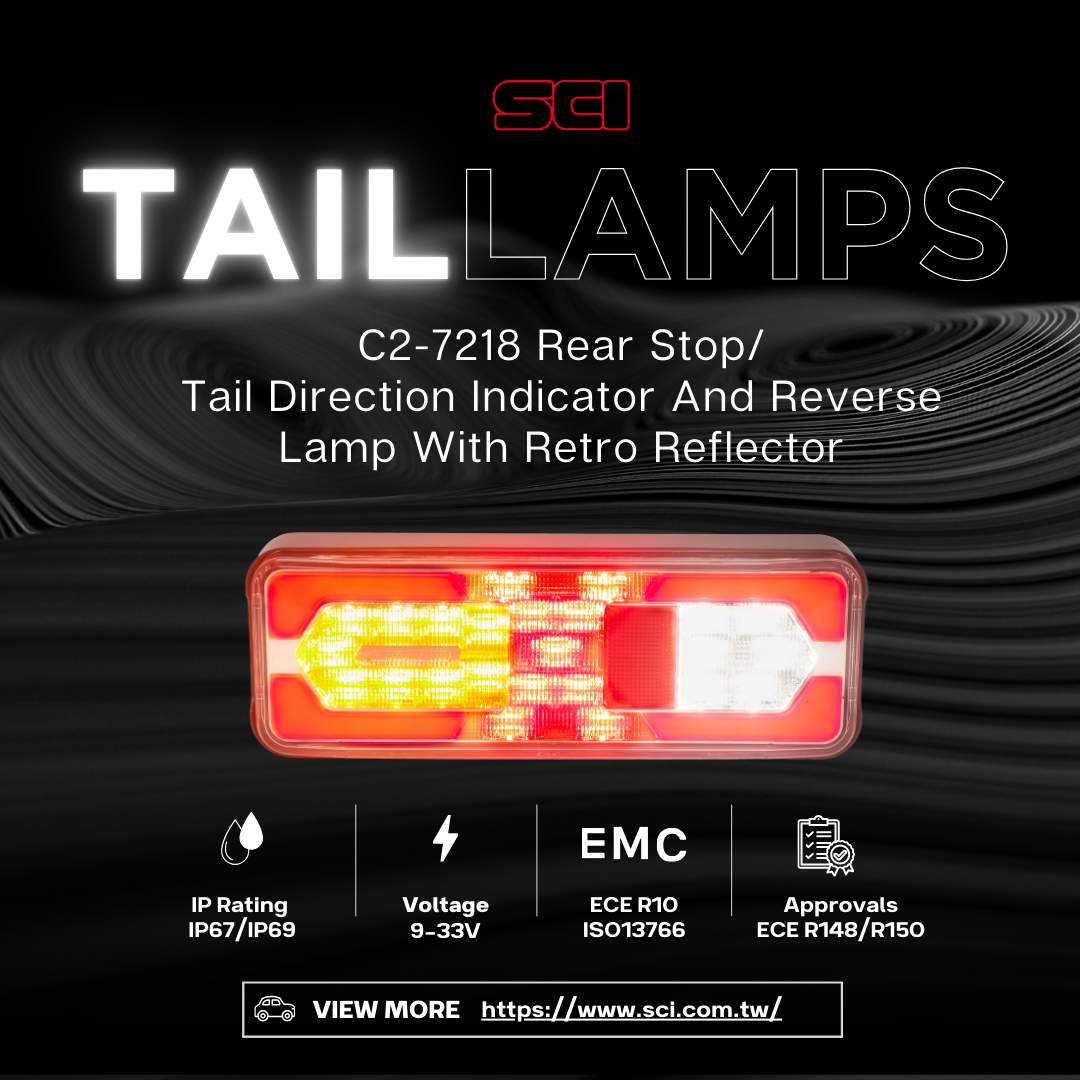
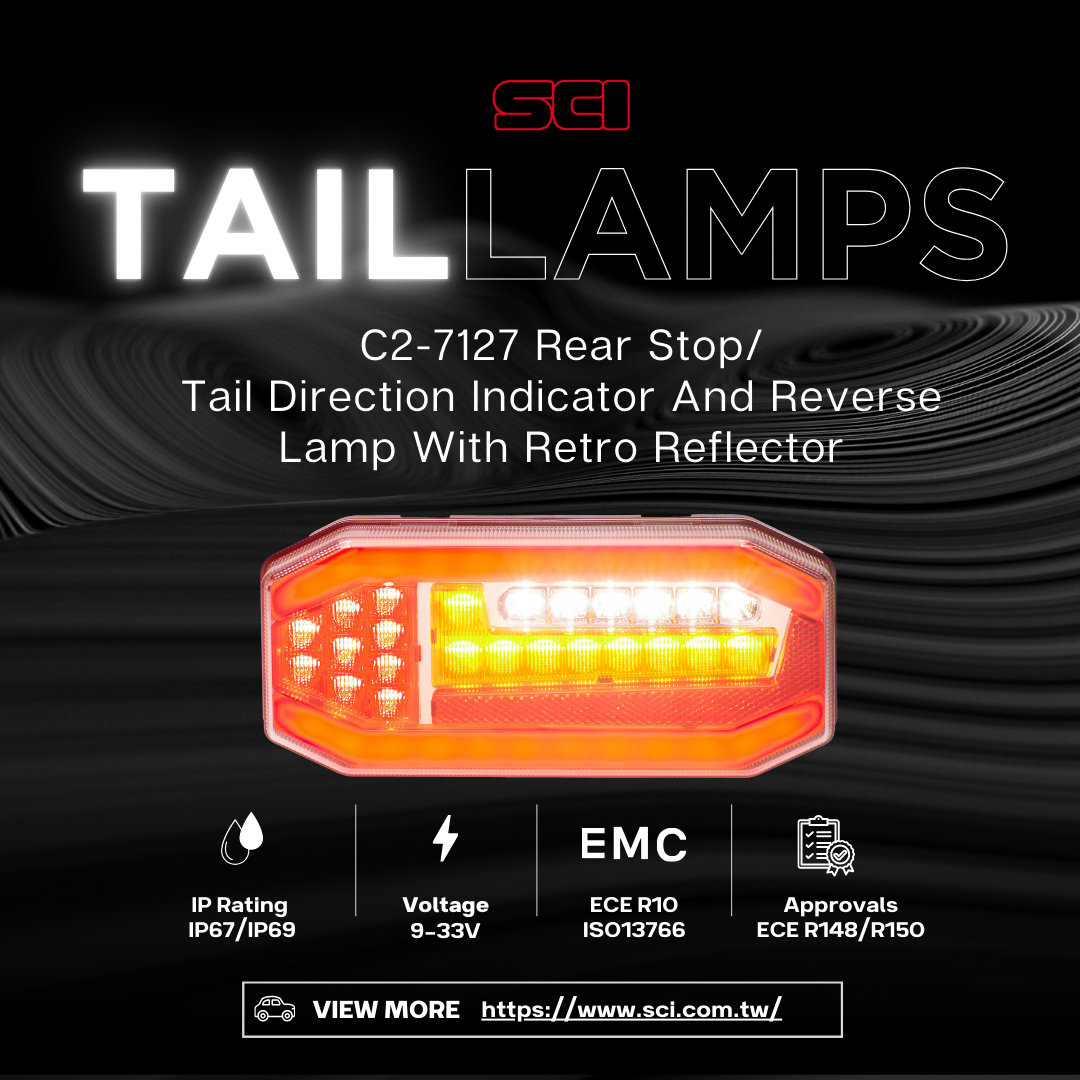
Tail Lights / Tail Lamps
Tail lights are the bright red lights at the back of your car. You don’t need to switch them on, as they’re automatically turned on when headlights are. Their purpose is to ensure your car is visible from behind, even in the night, rainy, or foggy conditions.
Brake Lights / Brake Lamps
When you press your brake pedal, brake lights automatically turn on. They’re located at the rear of your car to alert drivers behind you when you’re slowing down or stopping.
These bright red lights give others time to react and help prevent rear-end collisions. So, if a brake light goes out, it’s important to fix it right away!
Hazard Lights
If you’ve ever seen a car parked on the roadside with all its lights blinking, then you’ve seen hazard lights. When these lights are turned on, all four turn signals flash at once.
They’re used to signal that your car has stopped or is experiencing a problem, such as mechanical troubles or roadside emergencies.
License Lights / License Lamps
License lights are the small white lights above or next to your rear license plate. They automatically turn on with your headlights or sidelights to illuminate your plate at night, enhancing its visibility and recognition. While they’re barely noticeable, these components are legally required to be installed before a vehicle leaves the factory.

Side Lights / Side Marker Lamps
On the sides of your car, near the front and rear corners, you’ll find your side lights. They turn on with your headlights, and ensure your car is seen from both sides. Although they don’t help light the road, they help others see you from different angles.
Reverse Lights / Reverse Lamps
Reverse lights are the white lights at the rear of your vehicle that turn on automatically when you shift into reverse. They let other drivers and pedestrians know you’re backing up and light your path.
Interior Lights
There are several interior lights inside your car, including dome lights, reading lights, and ambient lighting. Most come on when you open a door or switch them on manually.
While they’re not critical for driving safety, they’re handy for grabbing dropped items, checking directions, or making rides more comfortable.
What Car Lights Are Designed for Different Driving Situations?
When it comes to road safety, car lights play an essential role in ensuring visibility for both the driver and other road users. Different driving situations require specific lighting solutions, which is why understanding the kinds of car lights available is crucial before choosing the right one for your vehicle. From headlights to auxiliary work lights, each type of automotive lighting product is designed with a clear purpose—to enhance safety, visibility, and efficiency.
Car Headlights
Headlights are the most fundamental type of car light, designed to illuminate the road ahead for safe driving at night or in low-light conditions.
There are three common kinds of headlights:
- Halogen Headlights: The most traditional and cost-effective option, widely used in many vehicles.
- HID (High-Intensity Discharge) Headlights: Known for strong brightness and wide coverage, but they consume more energy.
- LED Headlights: Highly energy-efficient, durable, and brighter than halogen. With a longer lifespan and sharper illumination, LED headlights have become the preferred choice in modern cars.
Choosing the right headlight type depends on your budget, driving habits, and visibility needs.
Fog Lights
Fog lights are designed with a wide and low beam pattern to cut through difficult weather conditions such as fog, heavy rain, and snow. Positioned lower on the vehicle, they reduce glare and provide better road visibility during poor weather. Today, both halogen and LED fog lights are available, with LED options offering stronger performance and longer durability.
Daytime Running Lights (DRLs)
Daytime Running Lights are specifically designed to make your vehicle more visible during daylight hours, reducing the risk of daytime accidents. Modern DRLs often use LED technology, which provides longer lifespan, better brightness, and lower energy consumption. While DRLs do not illuminate the road, they enhance the vehicle’s presence to surrounding drivers and pedestrians.
Tail Lights & Brake Lights
Tail lights and brake lights ensure that your vehicle is visible from behind, especially at night or during braking. Tail lights typically turn on with headlights, while brake lights activate when the brake pedal is pressed. With the adoption of LED technology, these lights now provide quicker response times, better efficiency, and enhanced durability compared to traditional bulbs.
Auxiliary & Work Lights
Auxiliary and work lights are not typically used for everyday driving but are essential in specific scenarios such as off-road adventures, construction sites, or emergency roadside repairs. These lights provide powerful and portable illumination, ensuring safety and efficiency in demanding environments. LED work lights are particularly popular for their versatility, durability, and high brightness output.
Understanding the different kinds of car lights helps drivers make informed decisions when upgrading or replacing their vehicle lighting. From headlights for night driving to fog lights for poor weather and DRLs for daytime visibility, each type of car light is designed with a unique purpose. By selecting the right lighting solution—especially modern LED options—you can significantly improve driving safety, visibility, and overall efficiency on the road.
FAQ about Car Lights: Functions & Product Insights
Choosing the right car lights can be confusing, especially with so many options on the market. From LED headlights to work lights, here are answers to some of the most common questions drivers have when selecting or maintaining automotive lighting products.
Q1. What’s the difference between LED and halogen?
- Halogen headlights: The most traditional and affordable option, but with shorter lifespan and higher energy consumption.
- LED headlights: Energy-efficient, long-lasting, and extremely bright. Increasingly popular as the ideal balance of visibility, efficiency, and durability for modern cars.
👉 In short, halogen headlights are budget-friendly, while LED headlights provide the best combination of long lifespan, low energy use, and superior brightness.
Q2. How long do LED car lights last compared to halogen bulbs?
- Halogen bulbs: Average lifespan of about 500–1,000 hours.
- LED headlights: Can last 20,000–30,000 hours or more.
This means LED headlights not only reduce replacement costs but also minimize maintenance downtime — making them a smart long-term investment for drivers and fleet operators.
Q3. Can I replace halogen headlights with LED bulbs directly?
In many cases, yes. LED retrofit kits are available to replace halogen bulbs. However, compatibility depends on your vehicle’s housing design and local regulations. Always check product specifications and consider professional installation to ensure proper beam patterns and road safety.
Q4. What are the benefits of auxiliary lights such as fog lights or off-road work lights?
- LED fog lights: Improve visibility in poor weather conditions like heavy rain, snow, or fog. They help other drivers see your vehicle while also illuminating the road ahead more effectively.
- Work lights: Portable and versatile, ideal for off-road driving, construction sites, or emergency repairs. Modern LED work lights are durable, waterproof, and built to handle heavy-duty applications.
Auxiliary lights not only enhance safety but also increase the practicality of your vehicle in professional and outdoor environments.
5. How do I choose the right beam pattern for off-road or construction lighting?
- Off-road driving: Use spot beams for long-distance illumination and flood beams for wide coverage on rugged terrain.
- Construction or worksites: A wide flood beam or adjustable work light is recommended to cover larger areas and maintain safe working conditions.
6. Are there car lights designed for both professional and everyday use?
Yes. Many modern automotive lighting solutions combine practicality with professional-grade performance. For example:
- LED headlights: Perfect for daily driving yet durable enough for harsh environments.
- LED work lights: Suitable for both off-road enthusiasts and construction professionals.
This versatility makes it easier for drivers to invest in multi-purpose lighting products that deliver value in different scenarios.
Upgrade Your Visibility with Top-Rated Car Lights from SCI
When it comes to staying safe on the road, reliable lighting is non-negotiable.
SCI offers high-performance LED lighting systems designed for vehicles and machinery, helping drivers see better in all conditions. With over 70 years of experience, SCI combines deep industry knowledge with advanced engineering to deliver superior visibility and nighttime vision.
Every product is manufactured in IATF16949-certified facilities and meets global safety standards. SCI lighting is a energy-efficient upgrade that enhances safety, reliability, and peace of mind.
Whether you’re sourcing for fleet upgrades, new production lines, or aftermarket solutions, SCI offers customizable lighting modules and full engineering support to meet your needs.
Explore our full line of lighting solutions here or contact us now to find the right lights for your vehicle or equipment.
Further Reading: What is a Flood Light used for? 5 Must-Know uses before you buy

